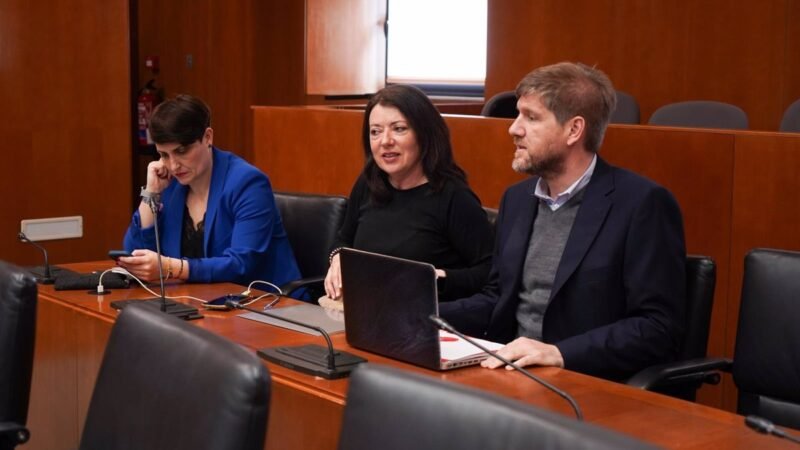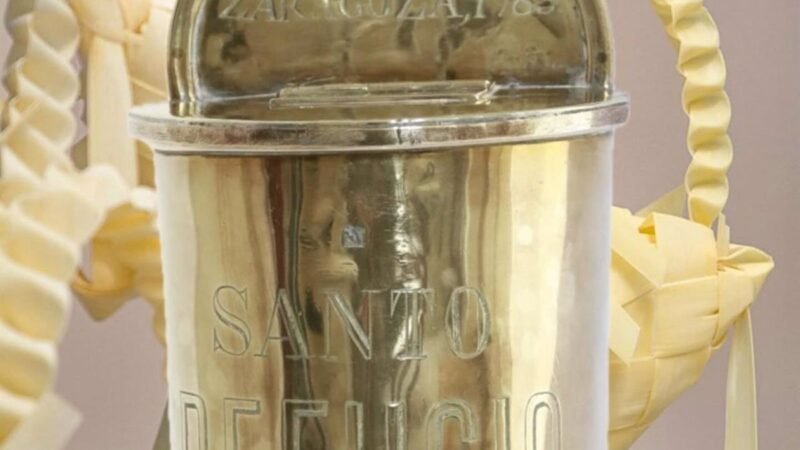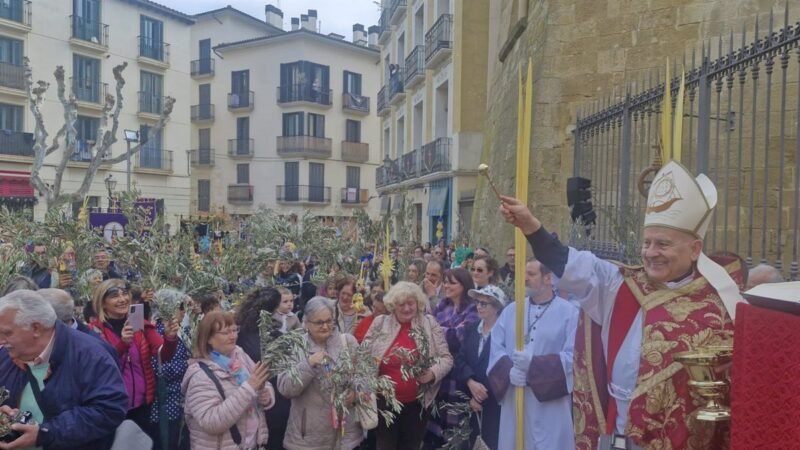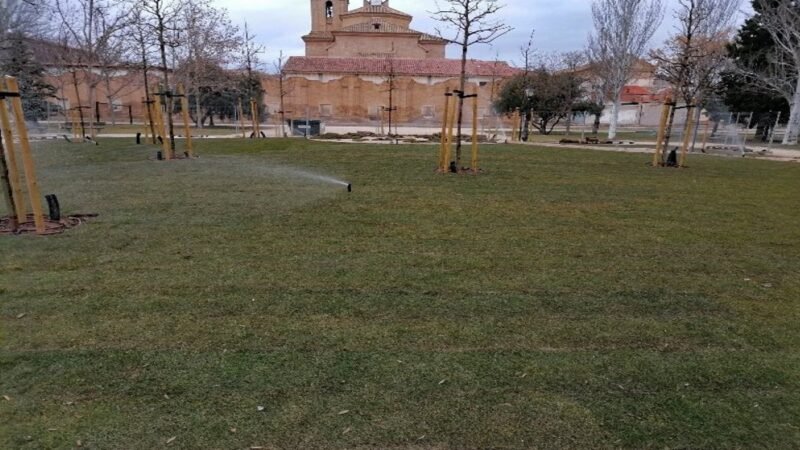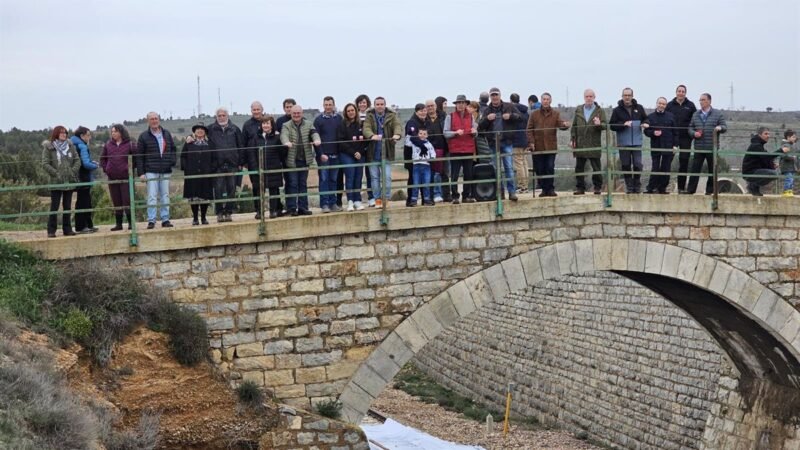Descubren nuevo tipo de Ichthyiosaurio en Portugal: «Gadusaurus aqualignes»
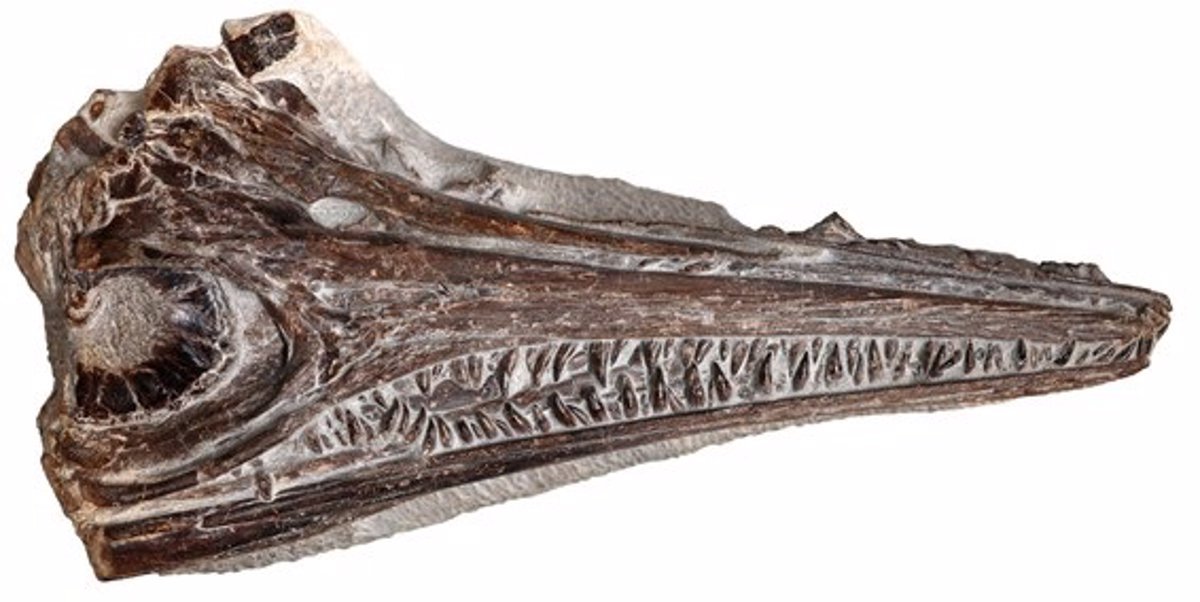
An international team, in which researchers from the Aragosaurus-iucade group at the University of Zaragoza are integrated, identified a new species of Ichthyosaur, the «fish lizard,» based on an exceptional fossil found on the Atlantic coast of Portugal. The specimen, dated at over 190 million years, was named «Gadusaurus aqualignes» and is the first Ichthyosaur named in the Iberian Peninsula.
The study, recently published in the Polish paleontological journal, describes a relatively small Ichthyosaur with unique anatomical features: a large nasal opening and two symmetrical grooves in the adjacent cranial bones.
The skull shows some disarticulation, which could indicate that the individual was juvenile, with its cranial sutures in the process of fusion or that its bones moved during fossilization, as indicated at the University of Zaragoza.
«Gadusaurus aqualignes» belongs to the Barachromia Group, an advanced lineage in the CLADE «Thunnosauria»-«Tuna reptiles,» characterized by its hydrodynamic morphology and the ability to swim at high speeds and dive to great depths. The name of the new species refers to the Latin code, due to morphological resemblance and a tribute to Portuguese cuisine, while the specific epithet refers to the location where it was found, Água de Madeiros.
During the Lower Jurassic, the region where the fossil was found was completely submerged, forming a marine ecosystem favorable for this type of predator. The new species significantly contributes to the knowledge of marine reptile diversity in the Iberian record and emphasizes the paleontological relevance of the Portuguese Jurassic coast as a reference site for vertebrate paleontology and Iberian paleontological heritage.
The discovery took place in April 2021 when Isabel Morais Roldão, a high school teacher from Leiria, located a rock block with fossil remains on Madeiros Beach (Marinha Grande). After recognizing the presence of an almost complete Ichthyosaur skull, Roldão contacted the Lourinha Museum, which donated it for study and preservation.
The research was led by doctoral student João Pratas e Sousa, in collaboration with researchers Eduardo Puértola-Pascual (Aragosaurus-Iuca at the University of Zaragoza), María Ríos Ibáñez (Nova de Lisbon), and Isabel Roldão, the fossil’s discoverer.
This discovery highlights the essential role that collaboration between citizens and scientific research can play in protecting natural heritage. The identification of the fossil and its voluntary delivery to a scientific institution were essential for its study, avoiding damage or potential theft.
The replica will soon be presented in the city of Marinha Grande and will become part of the permanent exhibition at the Lourinha Museum.
FUENTE



